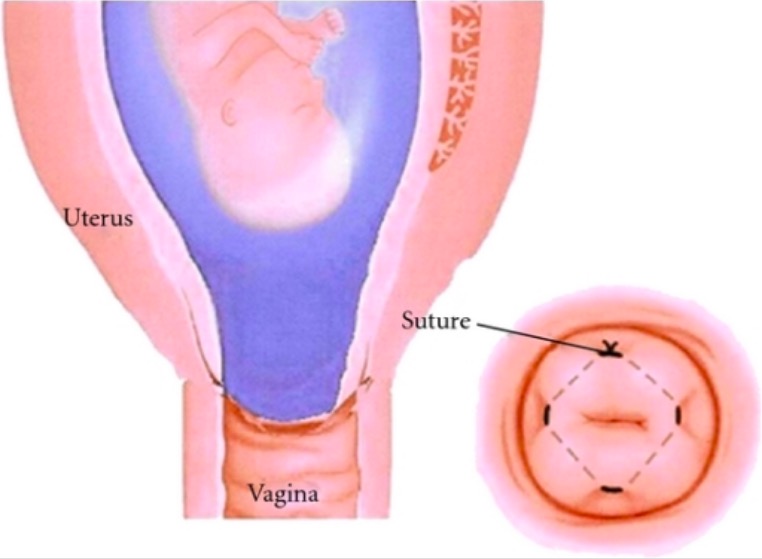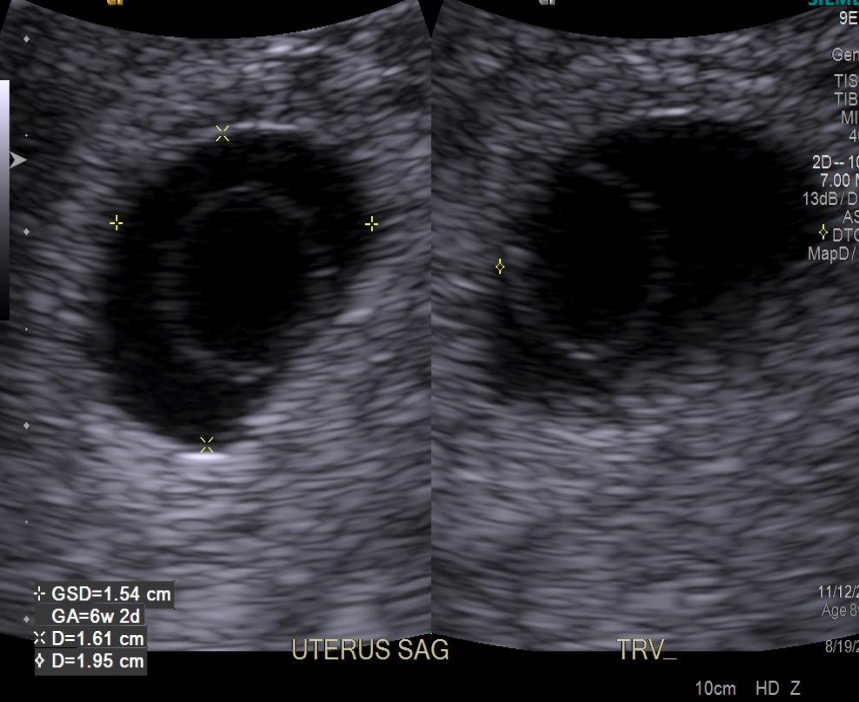Playlist
Show Playlist
Hide Playlist
Fetal Period: Third Trimester and Premature Birth
-
Slides 12-66 Fetal Period.pdf
-
Reference List Embryology.pdf
-
Download Lecture Overview
00:01 During month seven and week 28, we have entered the third trimester which will carry us all the way to the time of delivery. 00:08 From week 28 to week 31, the fetus is continuing to elongate but as you can see the pace of the elongation. 00:15 From 37.6 to roughly 41.1 cm, is not anywhere near as rapid as it had been earlier during development. 00:23 By week 28, red blood cell formation has shifted away from the spleen and now to the bone marrow where it will be at the time of delivery. 00:32 By week 30, the white fat has accumulated even more and accounts for roughly 8% of the fetal body weight. 00:39 As we move into month eight, weeks 32 through 36, once again, elongation is occurring from 42.4 to 47.4 cm and at this time, one thing that's very interesting, is that fetuses born after 32 weeks tend to survive without intensive hospital care. 01:00 It may be necessary and maybe helpful but fetuses after 32 weeks are capable of thriving with maternal support and not necessarily intensive hospital support. 01:12 The nervous system is ready to coordinate the infant's activities and movements outside the womb, in particular, feeding motions. 01:19 And at 35 weeks, the fetus is able to grasp firmly with the hands. 01:23 As we move into month nine, nearing the time of delivery, weeks 37 through 40, we have just a bit more elongation. 01:31 Growth still continues even if it's at a slower relative pace from 48.6 to 51.2 cm. 01:39 By the 38th week, fetus' white fat content is roughly 16% of the body weight The testes are typically in the scrotum by this time, although it is very common for males to be born with cryptorchid testes, still fully undescended, that make it to the scrotum shortly after birth. 01:58 Myelination of the axons throughout the body is speeding up at this time. 02:01 And the fact that our myelination is incomplete at the time of birth, is one reason why infants will often show what would be neurologic signs in an adult as a normal feature. 02:12 Premature birth is defined as, birth before 37 gestational weeks and is a leading cause of perinatal death. 02:20 As the infants are born sooner and smaller, the risk of mortality and morbidity increases. 02:26 Low birth weight infants are those at 5 pounds, 8 ounces or less, also 2500 grams. 02:33 Very low birth weight is defined as having 3 pounds, 5 ounces in body weight or less, which will equates to 1500 grams. 02:42 Now roughly 6% of all single born infants are low birth weight but that rate increases tremendously with multiple births, with as many as 50% of multiple birth infants being classified as low or very low birth weight. 02:56 On the other hand, we have post-maturity syndrome. 02:59 This occurs if the pregnancy continues past the 48 week to the 42nd gestational week. 03:06 This is associated with the greater risk of fetal mortality because the fetus needs to be born and cannot continue developing any further in the womb. 03:15 Lost of white fat will be noted, as well meconium in the amniotic fluid. 03:20 Generally, the fetus does not make its first bowel movement until after birth, and this material is known as meconium and it's distinct from actual feces. 03:29 But if meconium is passed inside the amnion it can be inhaled by the infant causing respiratory distress. 03:36 Excessive weight is also noted as we moved into and further into post-maturity. 03:41 Generally, labor will be induced to prevent post-maturity from proceeding any further and the child will be born either by C-section or by induction of labor. 03:52 Post-natally, we refer to the new baby as an infant and if you wanna be very specific in the first month of life, we refer to that infant as a neonate. 04:02 And that brings us to the end of our discussion of embryology and the fetal period. 04:07 And I'd like to thank you for your time and attention to this course.
About the Lecture
The lecture Fetal Period: Third Trimester and Premature Birth by Peter Ward, PhD is from the course Conception, Implantation and Fetal Development. It contains the following chapters:
- Third Trimester: Week 28–Delivery
- Premature Birth
Included Quiz Questions
Which of the following statements is not characteristic of the third trimester?
- Fetal movements are typically felt by the mother for the first time.
- Red blood cell formation shifts from the spleen to the bone marrow.
- The nervous system is ready to coordinate the infant’s activities.
- Testes have typically descended into the scrotum.
- Secretion of surfactant by type II pneumocytes is sufficient for a viable premature birth.
Which of the following statements about premature birth is FALSE?
- Premature birth is not a common cause of perinatal death.
- Premature birth is a birth that occurs before 37 gestational weeks.
- Mortality increases as birth weight decreases.
- About 6% of single-born infants have low birth weight, but more than 50% of multiple infants are classified as having very low birth weight.
- Viability in prematurity is often due to insufficient surfactant production by type II pneumocytes.
Customer reviews
5,0 of 5 stars
| 5 Stars |
|
1 |
| 4 Stars |
|
0 |
| 3 Stars |
|
0 |
| 2 Stars |
|
0 |
| 1 Star |
|
0 |
Dr Ward explained every details in embryo development so clearly, I love his lectures.





